- 路 Microwave
- 路 Atmospheric Pressure Microwave 路 Pressure Microwave 路 Parallel Microwave
- 路 Ultrasonic 路Low Temperature Ultrasound
- 路 Ultraviolet Light
- 路 Microwave Heating 路 Atmospheric Pressure Synthesis 路 Atmospheric Pressure Catalysis 路 Atmospheric Pressure Extraction
- 路 Sample Preparation 路 Microwave Digestion
- 路 Soil Digestion 路 High Pressure Synthesis
- 路 Solid Phase Synthesis
- 路 Organic Synthesis
- 路 Ionic Liquid Synthesis
- 路 Degradation Of Natural Organic Matter
- 路 Natural Product Extraction / Purification
河北祥鹄科学仪器有限公司
Microwave Heating Effect And Characteristics
The efficacy of microwaves in chemical reactions has attracted more and more attention, and microwaves have been used in more fields of chemistry. Microwaves have much lower energy levels than lasers, but can produce efficacies several or even dozens of times higher than conventional methods at the same temperature or even lower temperatures. For this high efficiency, the academic views are different. So far, there is no rigorous theory that can explain the mechanism of microwave reaction well, which undoubtedly restricts the development of microwave chemistry.
In order to reasonably explain the rate increase observed in microwave-assisted chemical reactions, one can imagine three possibilities: thermal effects (heat/kinetics); special microwave effects; non-thermal microwave effects.
This article describes the characteristics and characterization of microwave heating effects.
The increase in chemical reaction rate is due to the simple thermal/dynamic effect, that is, when a polar substance is irradiated in a microwave field, a very high reaction temperature can be quickly reached.
The special microwave effect is still essentially a thermal effect. The overall temperature at which the solvent is boiled under microwave irradiation depends on many factors such as the physical properties of the solvent, the shape of the reactor, the flow of the material, the heat flow, and the electric field distribution.
It should be emphasized that it is actually possible to eliminate the overheating by adding zeolite or stirring. In the microwave heating, since the energy is dispersed throughout the liquid, the surface of the wall is substantially not heated, so the temperature of the inner surface of the reactor wall is lower than the temperature of most of the liquid.
In traditional heating tests, temperature-sensitive substances, such as catalysts, may decompose on the surface of the hot reactor, eliminating the high temperature of the reactor surface and prolonging the life of the catalyst.
Therefore, the conversion rate of the microwave heating reaction is higher than that of the conventional heating method. Another feature of microwave media heating is overall heating, i.e., microwaves can rapidly and uniformly heat the entire reaction compound.
Microwave irradiation is unlikely to selectively activate polar functional groups (so-called antenna groups) in a larger molecule.
The chemist summed up the following chemical meanings:
Such antenna groups may undergo localized rotation to heat the molecules containing such functional groups by microwave media, which may accelerate the reaction rate of these groups. However, the dielectric heating process is accompanied by a rapid transfer of energy from such groups to adjacent molecules, so it is not possible to store energy at specific locations in the molecule.
Essentially most non-thermal effects are derived from the direct interaction of the electric field with specific molecules in the reaction medium. However, it has been controversial that the effect of the dipole molecule is caused by the existence of the electric field, which changes the pre-exponential factor A or the activation energy (entropy condition) of the Arrhenius equation. Moreover, a similar effect can be observed in the polar reaction because the polarity from the ground state to the transition state increases in the polar reaction, and the reaction effect is enhanced by lowering the activation energy.
Foreign scholars have observed through two irreversible addition reactions that there is no difference between conventional heating and microwave heating. In many instances, microwave irradiation causes selective (chemical, regional, and stereoselective) changes compared to conventional heating methods. Many domestic and foreign scholars have improved the conversion rate of these synthetic processes through microwave-assisted chemical process research.
However, more researchers believe that the microwave heating has a lower energy level and cannot excite molecules into high energy levels. The experimental and detection methods for microwave heating chemical reactions are not perfect, and the measured kinetic data are not as accurate as in conventional heating reactions. The so-called special microwave effect is caused by the systematic error of the detection. Microwave heating is only a heating method, and there is no special or non-thermal effect. However, this view is difficult to explain the phenomenon of product structure changes in the chemical reactions of microwave intervention, especially the phenomenon that the optical isomer composition of some reaction products changes after microwave intervention.
The influence of microwave on chemical reaction, in addition to the pyrogenic effect, should also have non-pyrogenic effect. In theory, microwave can not only accelerate the chemical reaction, but also inhibit the occurrence of chemical reaction under certain conditions. The mechanism of microwave acceleration/mitigation of chemical reactions is very complicated. From this point of view, the influence of non-heating effects will make microwave chemistry more distinctive and have far-reaching significance. Therefore, exploring the unity of the opposite of the pyrogenic and non-thermal effects of microwave is a very interesting research direction, and it is also an urgent problem to be solved in the field of microwave chemistry.
Based on the correct reaction mechanism and influence factors, special microwave chemical reaction equipment can be manufactured. Therefore, it is necessary to find the optimal electromagnetic wave conditions for accelerating chemical reactions in practical applications, which is of great significance for the better application of microwaves in the chemical industry.








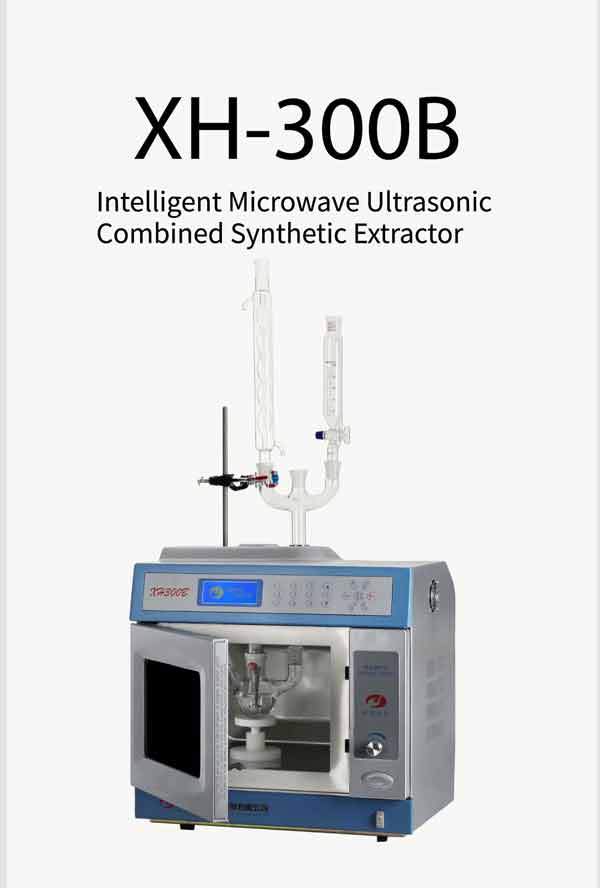

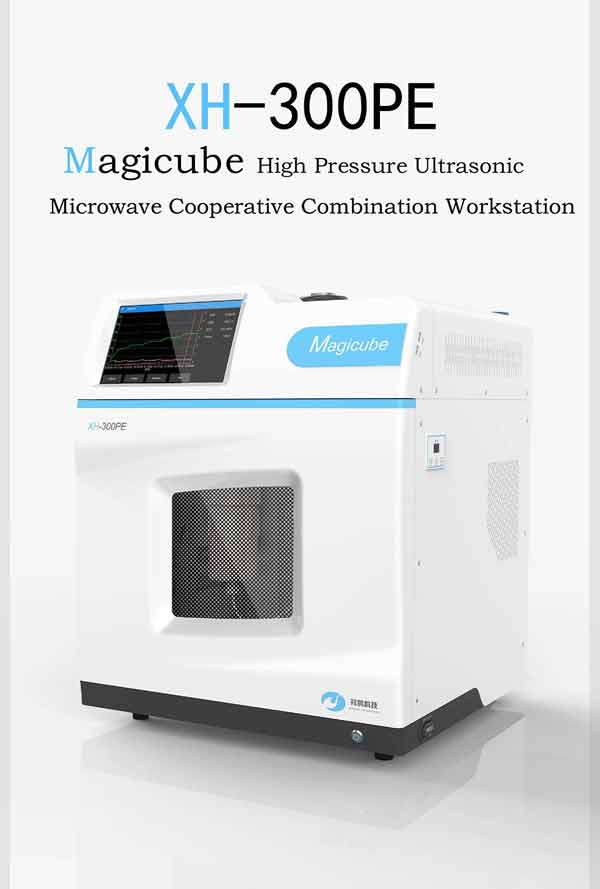
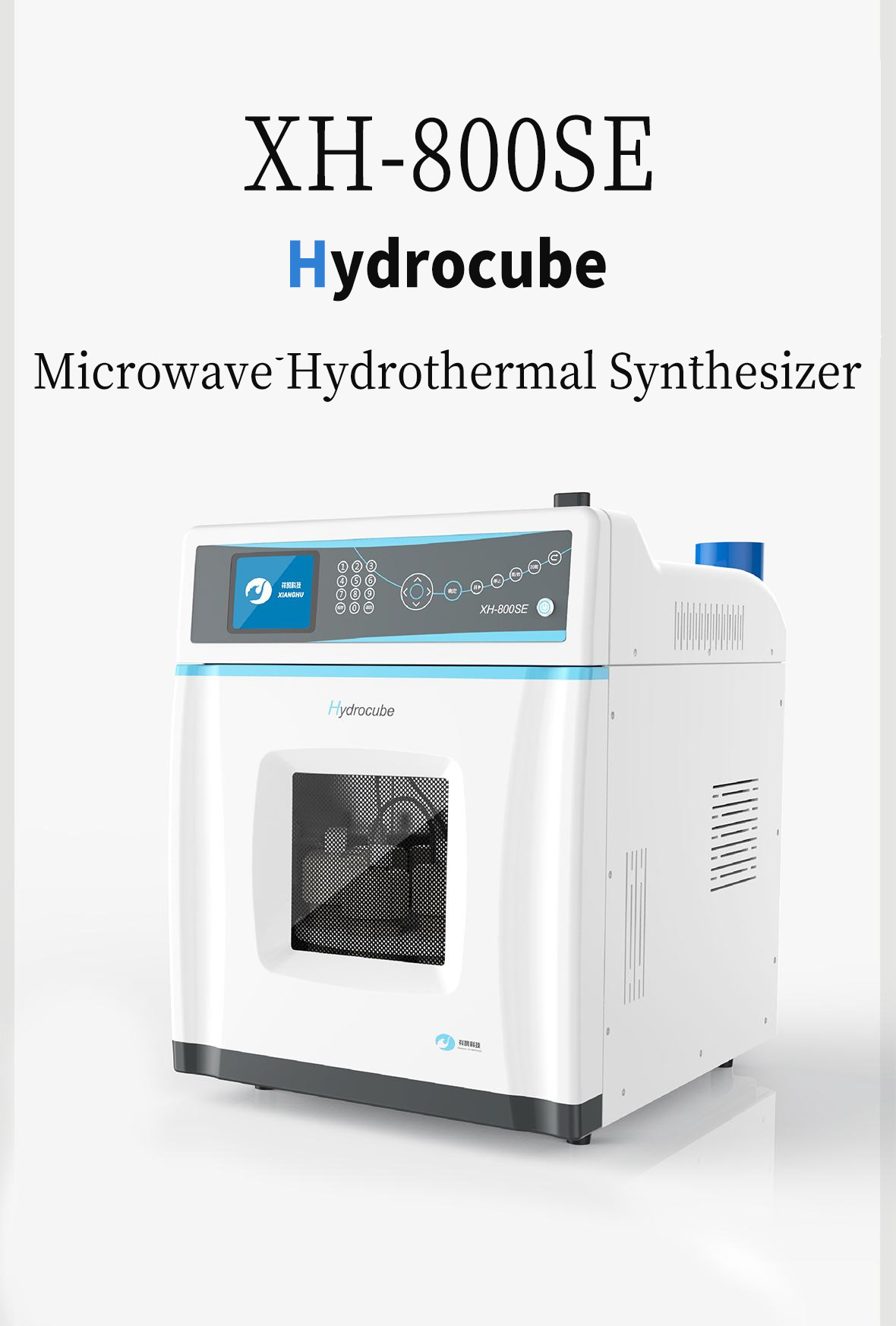
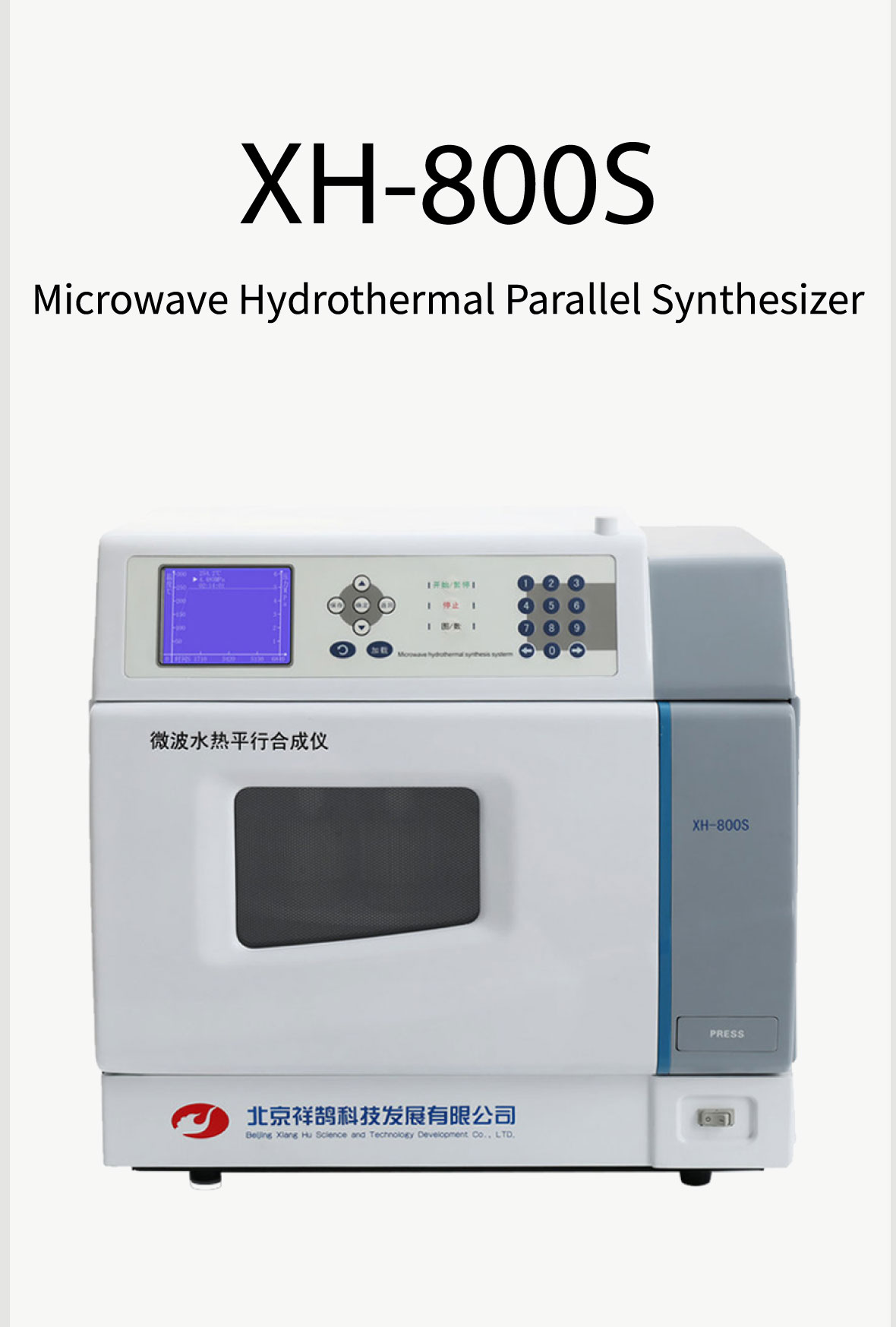
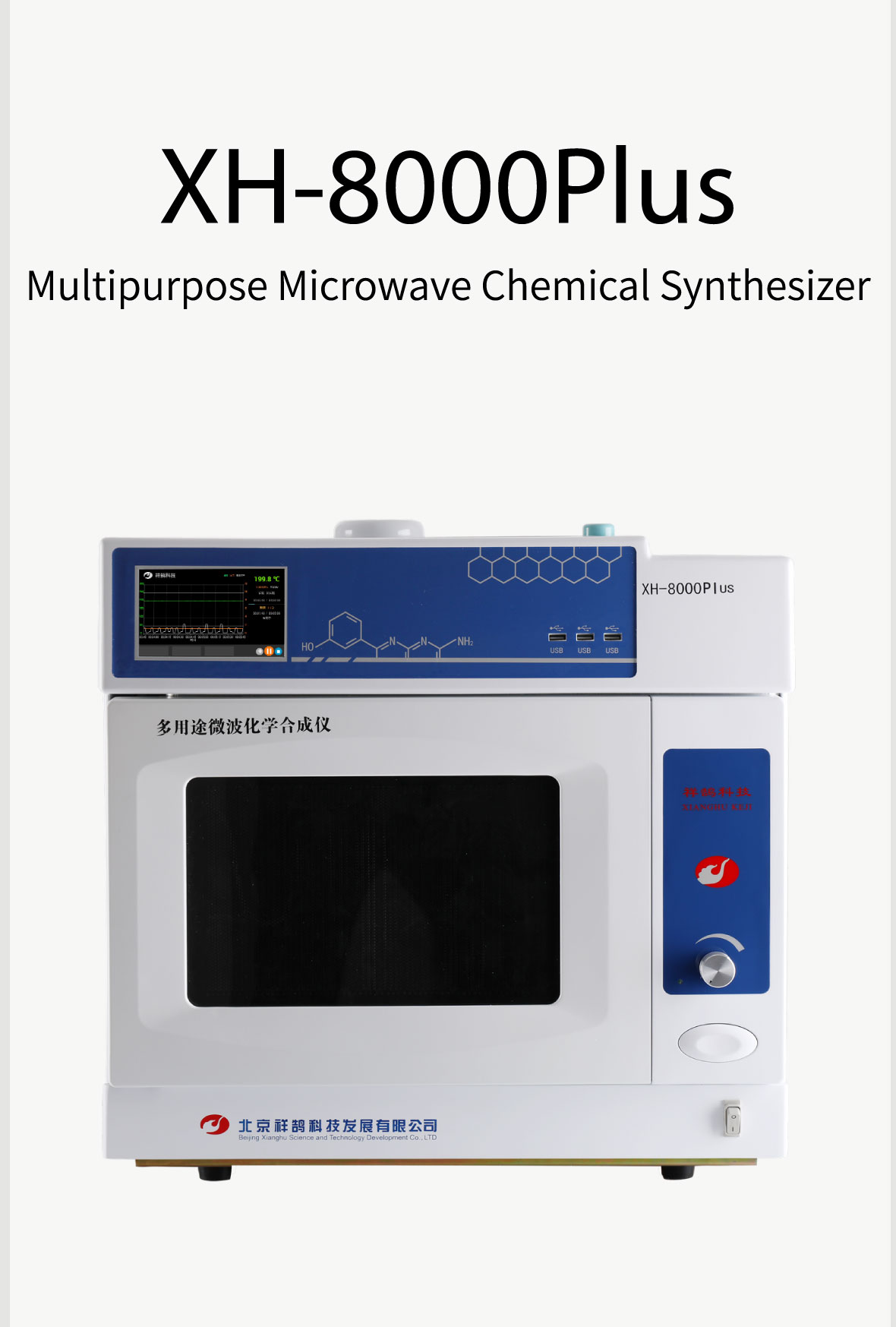
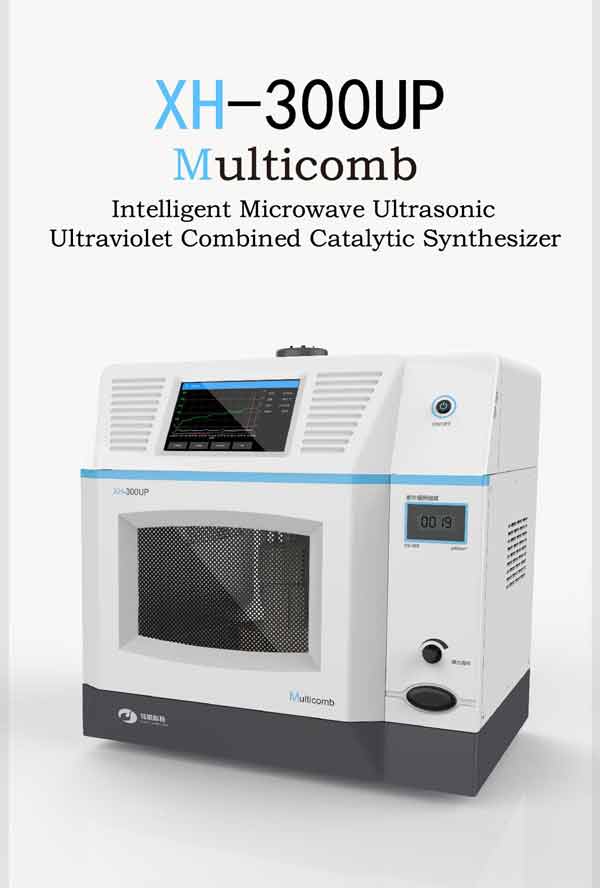
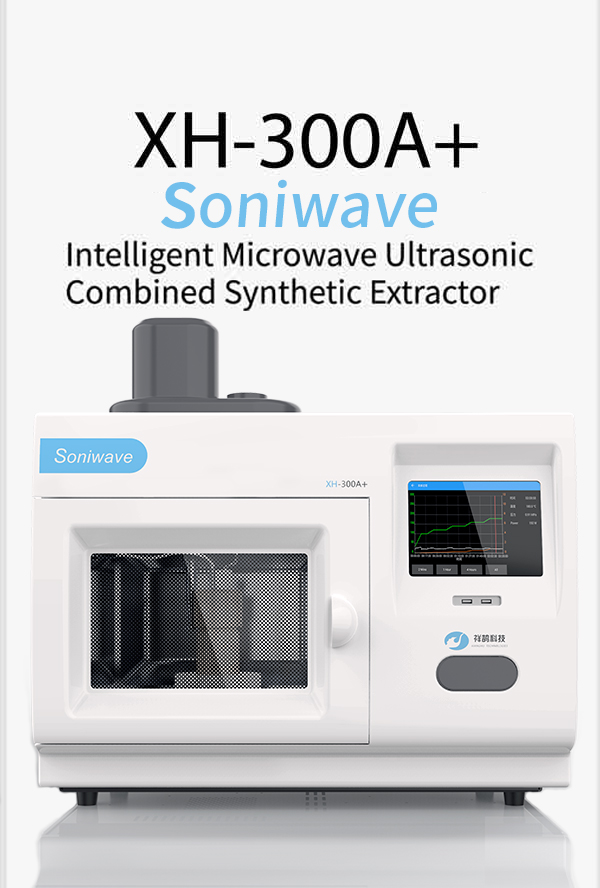

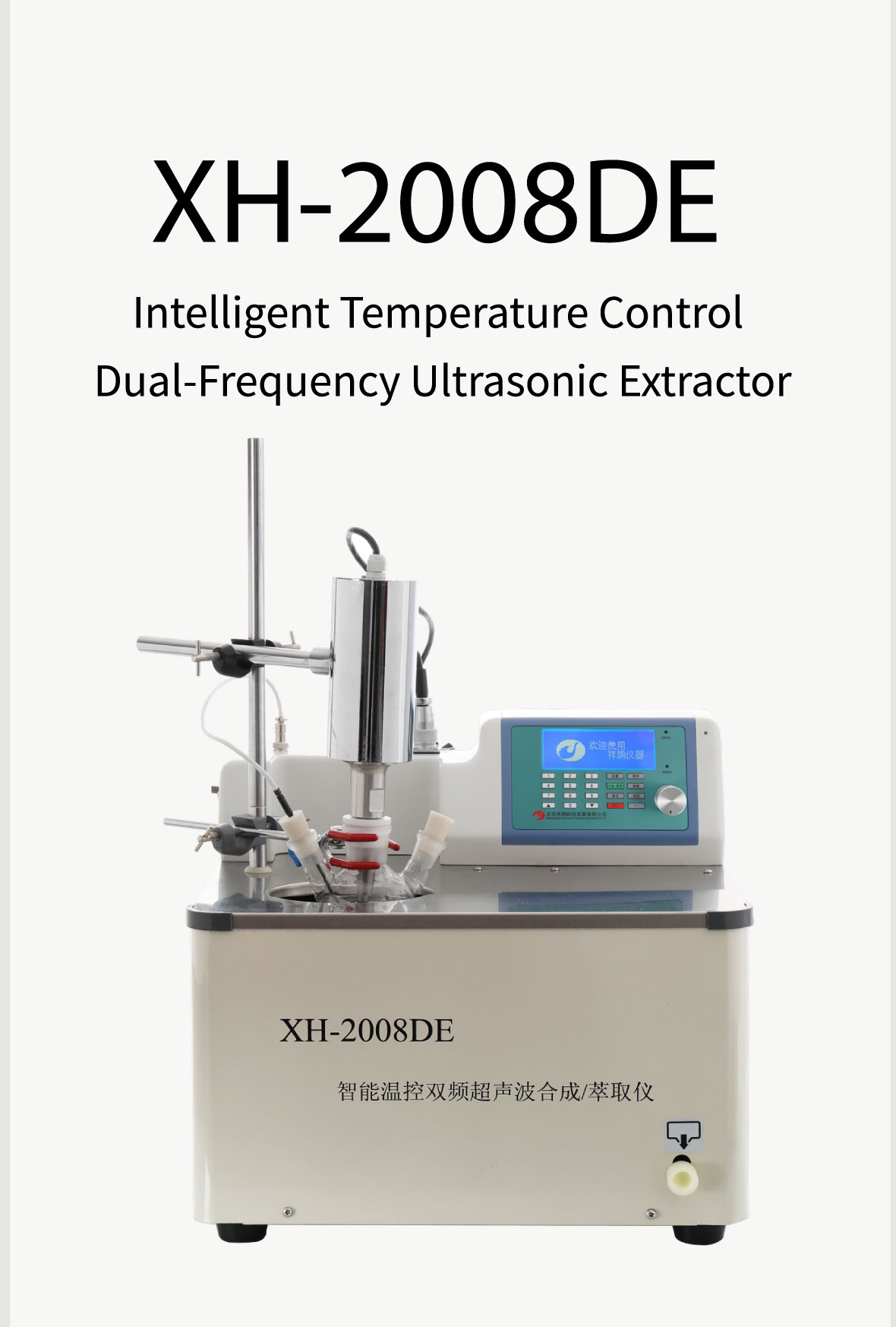



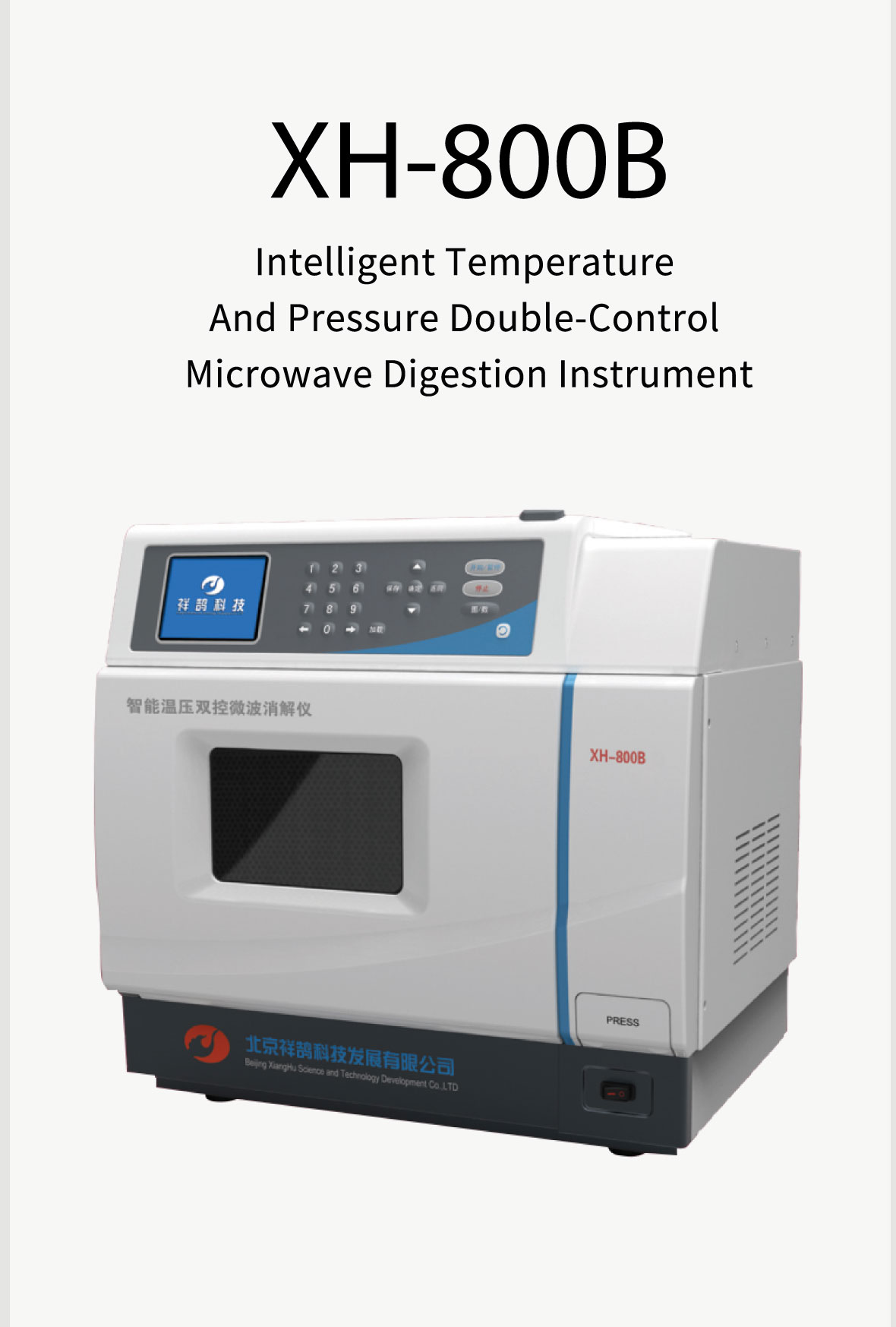

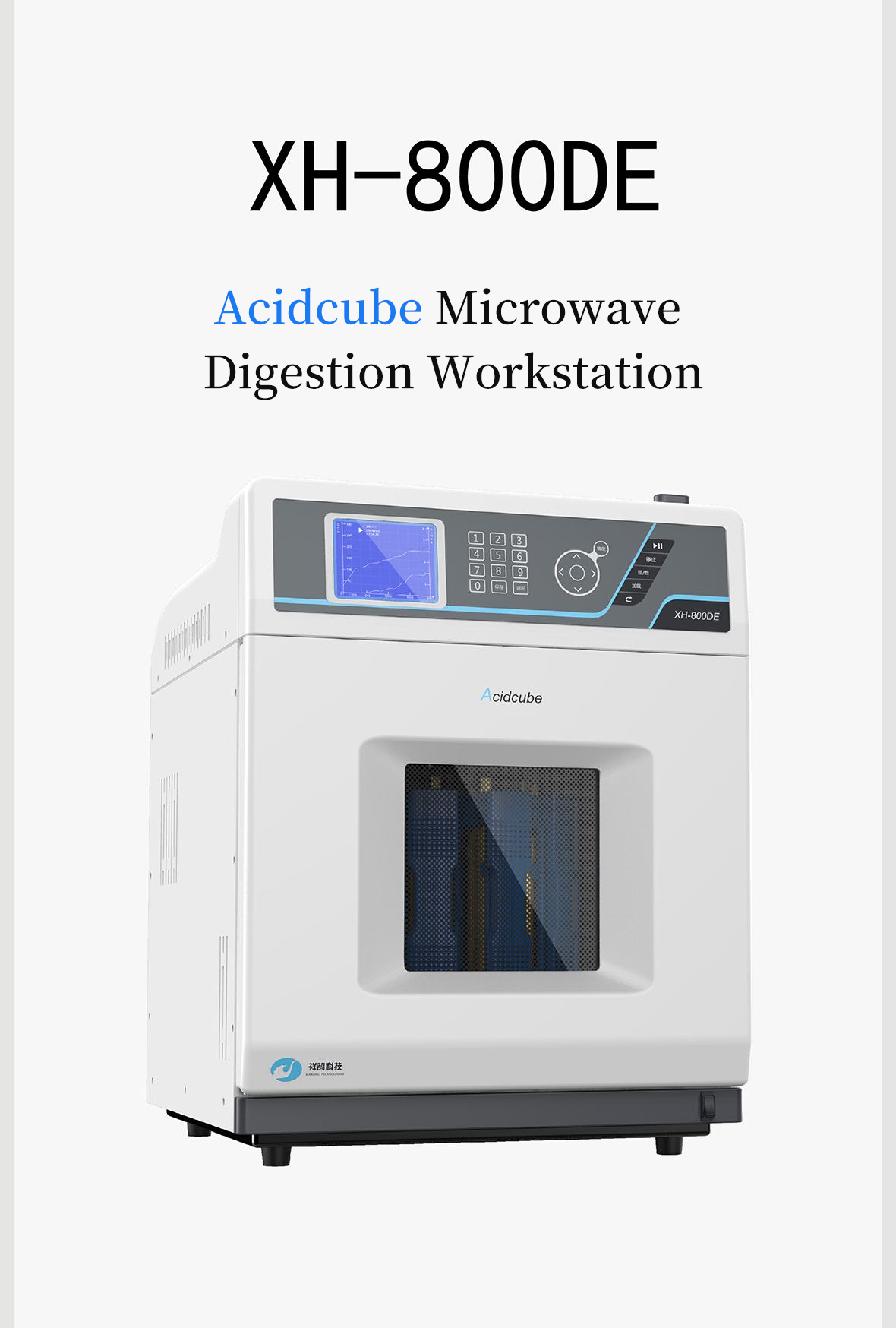

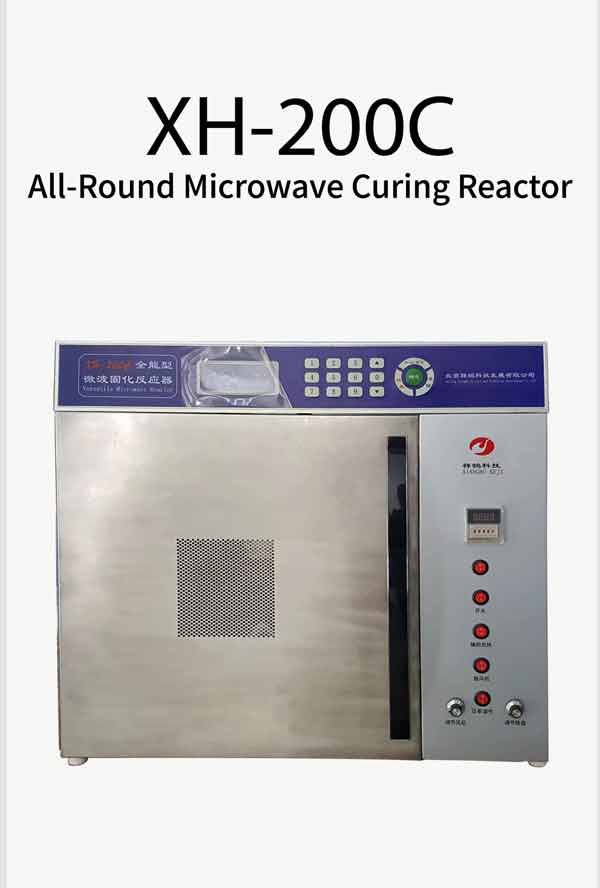
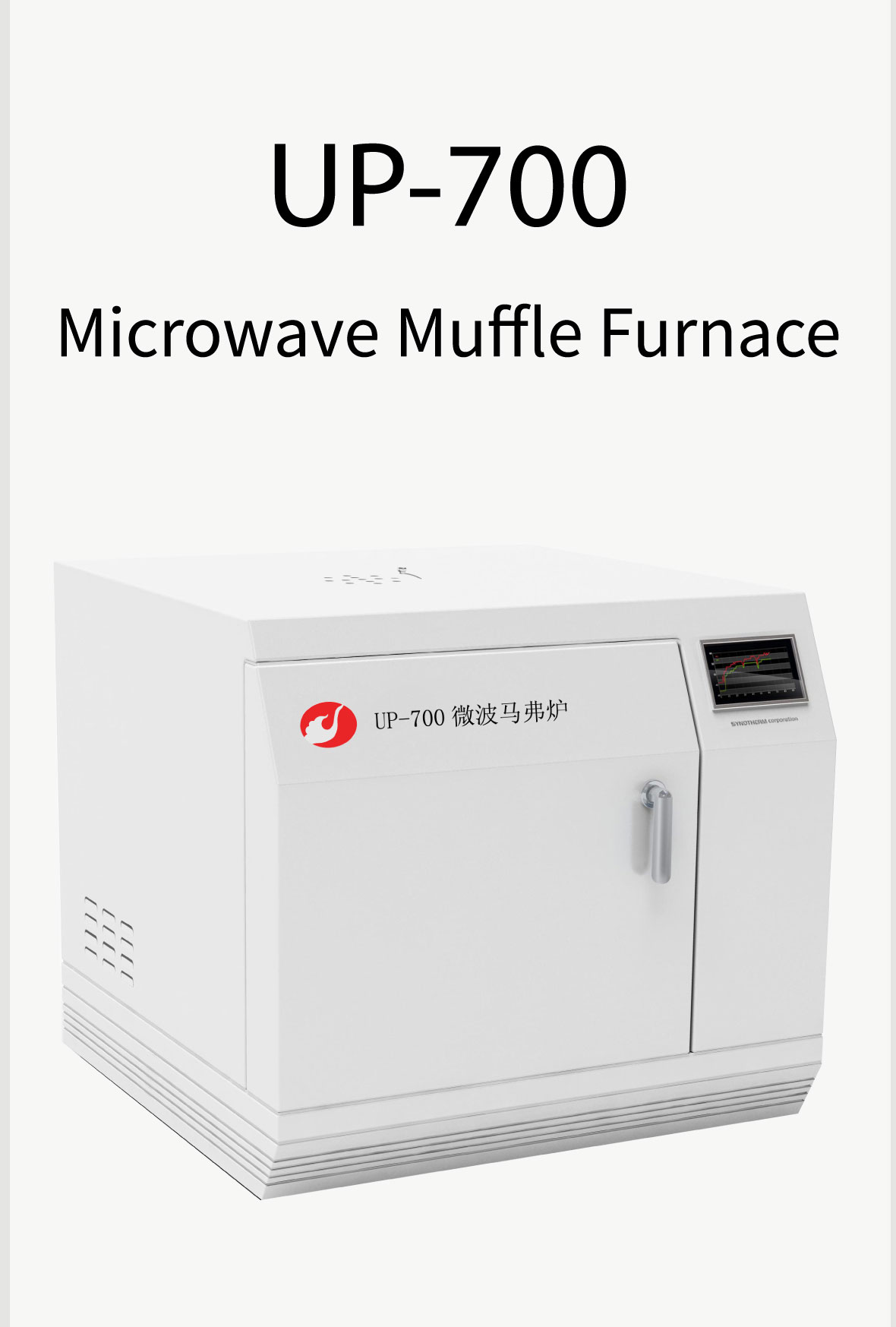

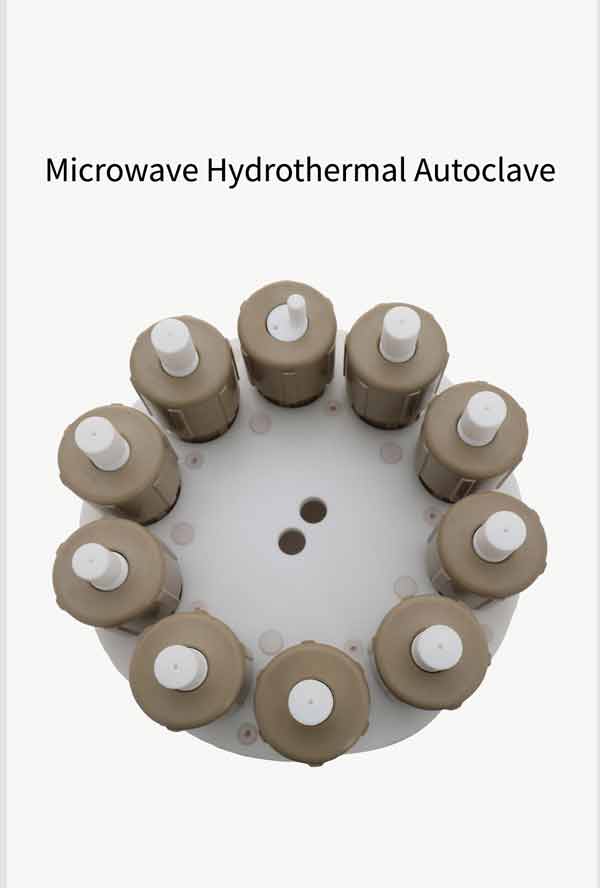

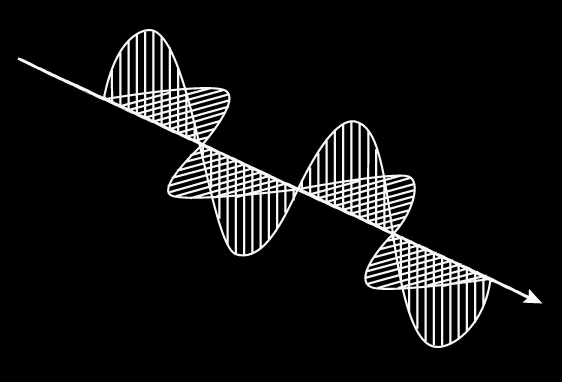

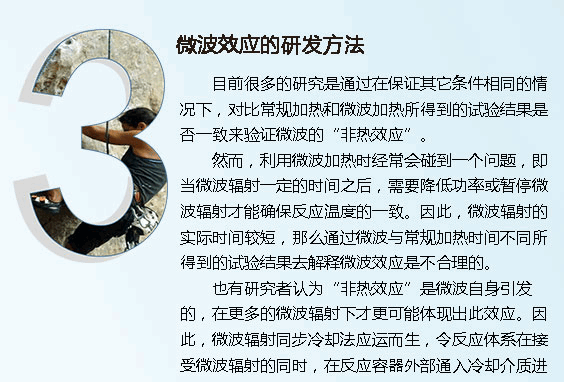
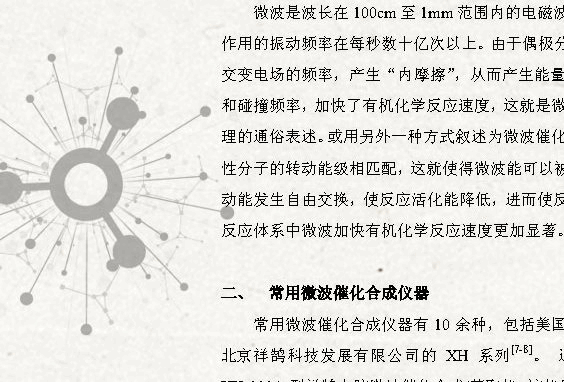

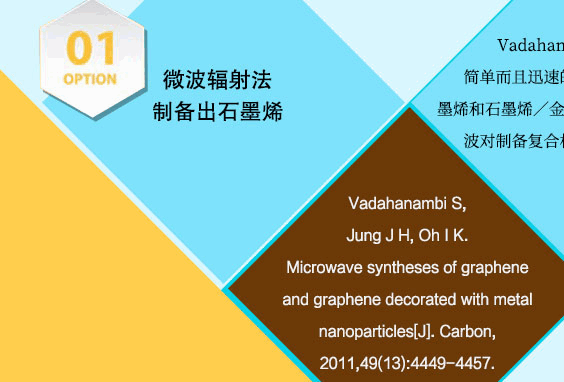
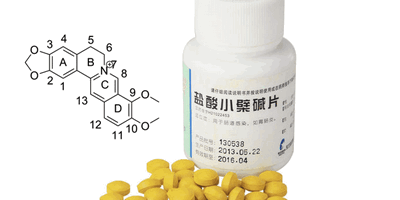


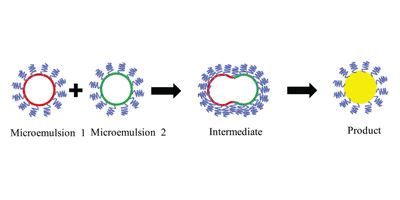
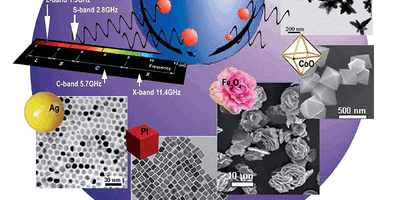
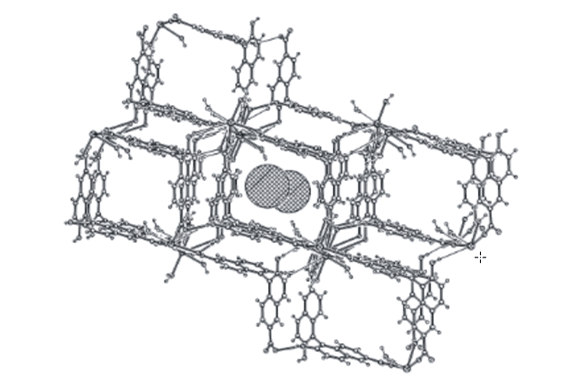
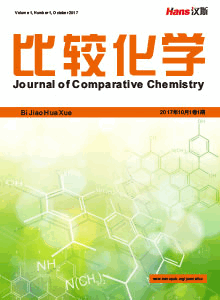
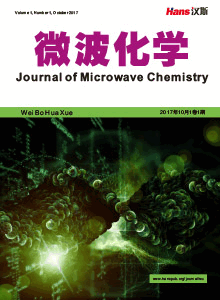





 京ICP备15050585号
京ICP备15050585号

